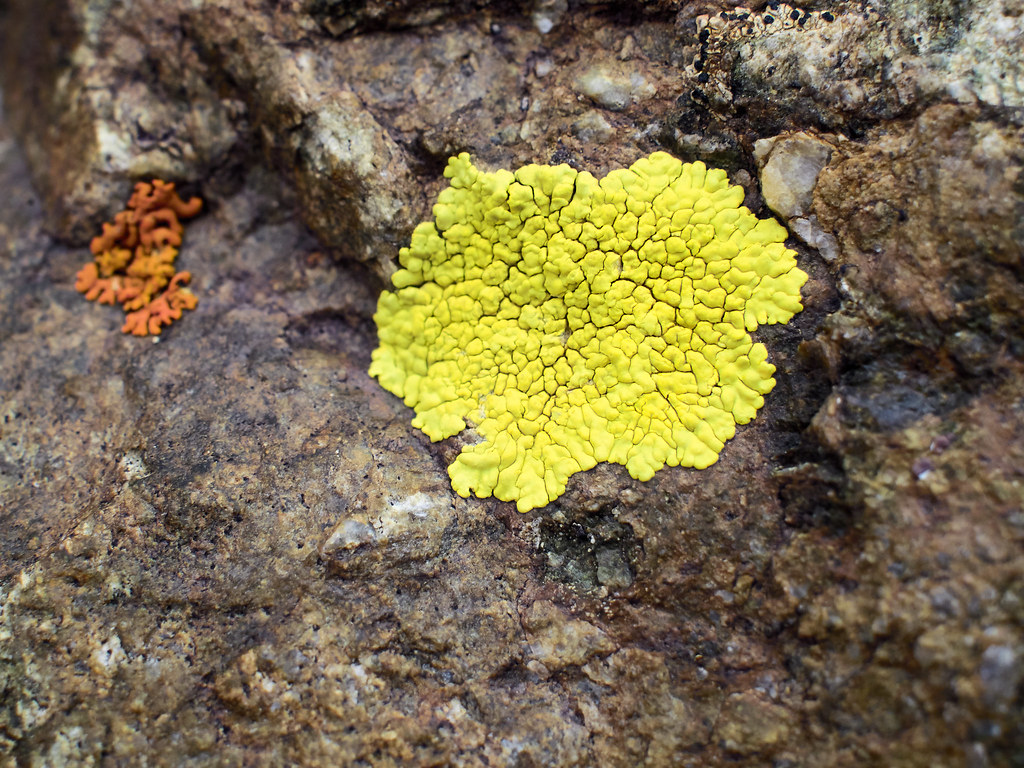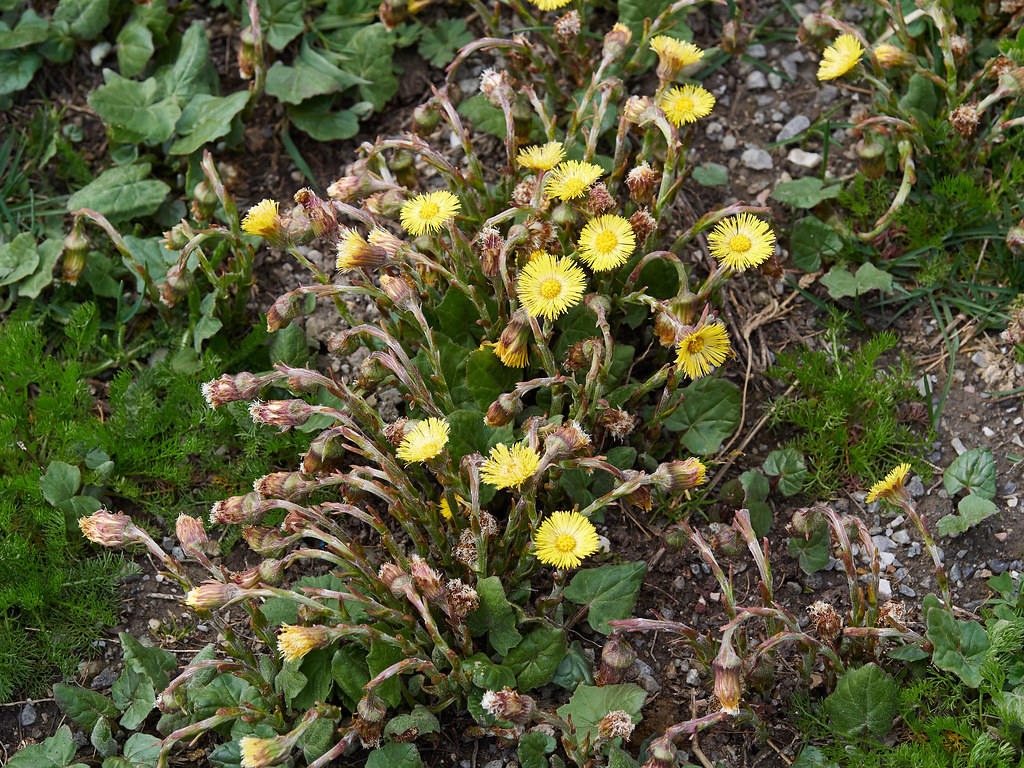Code
library(photobiology)
library(ggspectra)
library(photobiologyLamps)
library(photobiologyFilters)Pedro J. Aphalo
2019-06-19
2023-08-24
VIS, UV, IR
This post has been rewritten using Quarto, which is a new system supporting text mark up using a variant of R Markdown. At the moment the available approaches to the display of photographs are more limited than in WordPress. The display of images is simpler than before.

Ultraviolet-A (UV-A) radiation at high irradiance can be damaging to eyes and skin, especially when there is little or no visible light together with it. Eye protection is recommended in all cases. It is safer to use only the so called “black light” corresponding to UV-A1 at wavelengths near 365 nm. However, even in this case when using flashlights or any other sources of UV-A that emits a concentrated beam, use of safety goggles is a must. When selecting goggles or safety spectacles pay attention to their UV-protection rating (e.g., UV400 CE, or increasing protection from ANSI U2 to U6 markings) as some goggles are certified to protect only from mechanical impacts (e.g., ANSI Z87+ with no U marking) (Figure 1). It is important that goggles and other safety eye wear provide protection also from the sides.


I joined a field measuring campaign organized by my collaborator T. Matthew Robson with the participation of José Ignacio García Plazaola and Beatriz Fernández-Marín from the University of the Basque-Country (see Matt’s CanSEE blog and my SenPEP blog for information on our research). We spent the last week of May at 2100 m a.s.l. in the Alps at the Jardin Botanique du Lautaret measuring solar radiation and the responses of plants to it. I did some measurements of solar radiation but spent most of the time photographing plants and lichens to record their optical properties in the ultraviolet-A, visible and near-infrared regions of the spectrum. This posts contains several galleries of photographs from the site and the vegetation.
Each album of photographs can be viewed at the Flickr website where all the photographs are stored. Each image below is linked to the corresponding album at Flickr. Please, click on the images in this page to access the albums.
The next galleries show lichens (at least Xanthoria (orange fluorescence from Parietina), Acarospora y Rhizocarpon (both with yellow fluorescence from rizocarpic acid). Almost all the photographed lichens were growing within a few square meters on a memorial of the Scott’s Antarctic expedition, erected within the botanic garden in 1913.
I took the first set of photographs using an Olympus E-M1 camera in sunlight. These photographs have a reliable white-balance from a reference white or grey card.
Images below taken with a full-spectrum converted Olympus E-M1 camera, using filters passing visible light, ultraviolet-A radiation (Baader U or StraightEdgeU) or near-infrared radiation (Hoya R72 or Zomei 850 nm). Visible light images colour was edited to match that seen with the help of a custom colour profile and reference images taken with an unconverted Olympus E-M1 camera (gallery above).
The size of the reference Teflon slab used is 100 mm x 100 mm. In the case of close-up photographs an automatic Kenko MFT macro extension tube with 10 mm length was used.
Lichens photographed on a moonless night with an of-the-shelf camera with a stack of UVA-blocking filters on the lens: Firecrest UV400 plus Tiffen Haze 2A. UVA light source: Convoy 2+ flashlight with Nichia 365 nm LED filtered with VIS blocking UVA-pass filter. Visible light source: Sunwayfoto FL-96 LED CRI 95+ set at 5000K.
I took photographs both outdoors under natural light and indoors using artificial light from LEDs or a flash. For some of the photographs I used focus bracketing and stacking to increase the depth of field.
The Station Alpine Joseph Fourier keeps an extensive set of excellent photographs of alpine plants from around the world at Flickr. They also have grouped the albums from the Alps into collections based on regions. UV-A and VIS photograph pairs
An Olympus E-M1 camera converted to full spectrum by replacement of the sensor filter, a Sigma 30mm f:2.8 DC A objective and selective filters were used. The transmission spectra of two of the filters used are shown below.

The emission spectrum of the filtered UV-A flashlight used for excitation is narrow, and contains almost no visible light. The light source used was a Convoy 2+ flashlight with a VIS-blocking filter installed.

The filter stack blocked on the camera lens blocks the ultraviolet radiation from the flashlight (cf. spectrum above) but transmits the fluorescence emitted at longer wavelengths. The internal filter of the unmodified Olympus E-M1 camera blocks most radiation longer than 700 nm and shorter than 380 nm.
---
title: "Lautaret"
subtitle: "Measuring campaign in the Alps"
author: "Pedro J. Aphalo"
date: "2019-06-19"
date-modified: "2023-08-24"
toc: false
categories: [photographs]
keywords: [VIS, UV, IR]
image: https://live.staticflickr.com/65535/47999643946_21e269e13f_b.jpg
format:
html:
code-fold: true
code-tools: true
abstract:
"I joined a field measuring campaign in the French Alps organized by my collaborator T. Matthew Robson. This page provides entry points to galleries of photographs of the crew, the location and of plants and lichens."
draft: false
---
::: callout-note
This post has been rewritten using Quarto, which is a new system supporting text mark up using a variant of R Markdown. At the moment the available approaches to the display of photographs are more limited than in WordPress. The display of images is simpler than before.
:::
{{< include /_includes/uva-warning.qmd >}}
## Introduction
I joined a field measuring campaign organized by my collaborator T. Matthew Robson with the participation of José Ignacio García Plazaola and Beatriz Fernández-Marín from the University of the Basque-Country (see Matt's [CanSEE blog](https://blogs.helsinki.fi/robson/) and my [SenPEP blog](https://blogs.helsinki.fi/senpep-blog/) for information on our research). We spent the last week of May at 2100 m a.s.l. in the Alps at the [Jardin Botanique du Lautaret](https://www.jardindulautaret.com/english/) measuring solar radiation and the responses of plants to it. I did some measurements of solar radiation but spent most of the time photographing plants and lichens to record their optical properties in the ultraviolet-A, visible and near-infrared regions of the spectrum. This posts contains several galleries of photographs from the site and the vegetation.
::: callout-tip
Each album of photographs can be viewed at the Flickr website where all the photographs are stored. Each image below is linked to the corresponding album at Flickr. Please, click on the images in this page to access the albums.
:::
## The crew and the location
[](https://www.flickr.com/photos/aphalo/albums/72157709144994738)
## Lichens
The next galleries show lichens (at least Xanthoria (orange fluorescence from Parietina), Acarospora y Rhizocarpon (both with yellow fluorescence from rizocarpic acid). Almost all the photographed lichens were growing within a few square meters on a memorial of the Scott's Antarctic expedition, erected within the botanic garden in 1913.
I took the first set of photographs using an Olympus E-M1 camera in sunlight. These photographs have a reliable white-balance from a reference white or grey card.
[](https://www.flickr.com/photos/aphalo/albums/72157708884820701)
Images below taken with a full-spectrum converted Olympus E-M1 camera, using filters passing visible light, ultraviolet-A radiation (Baader U or StraightEdgeU) or near-infrared radiation (Hoya R72 or Zomei 850 nm). Visible light images colour was edited to match that seen with the help of a custom colour profile and reference images taken with an unconverted Olympus E-M1 camera (gallery above).
The size of the reference Teflon slab used is 100 mm x 100 mm. In the case of close-up photographs an automatic Kenko MFT macro extension tube with 10 mm length was used.
[](https://www.flickr.com/photos/aphalo/albums/72157708884284692)
Lichens photographed on a moonless night with an of-the-shelf camera with a stack of UVA-blocking filters on the lens: Firecrest UV400 plus Tiffen Haze 2A. UVA light source: Convoy 2+ flashlight with Nichia 365 nm LED filtered with VIS blocking UVA-pass filter. Visible light source: Sunwayfoto FL-96 LED CRI 95+ set at 5000K.
[](https://www.flickr.com/photos/aphalo/albums/72157708885035711)
## Plants
I took photographs both outdoors under natural light and indoors using artificial light from LEDs or a flash. For some of the photographs I used focus bracketing and stacking to increase the depth of field.
[](https://www.flickr.com/photos/aphalo/albums/72157709156632463)
[](https://www.flickr.com/photos/aphalo/albums/72157709152829752)
[](https://www.flickr.com/photos/aphalo/albums/72157709152333557)
[](https://www.flickr.com/photos/aphalo/albums/72157709152312913)
[](https://www.flickr.com/photos/aphalo/albums/72157709152060501)
[](https://www.flickr.com/photos/aphalo/albums/72157709151713307)
[](https://www.flickr.com/photos/aphalo/albums/72157709151501576)
[](https://www.flickr.com/photos/aphalo/albums/72157709151520537)
## Other resources
[The Station Alpine Joseph Fourier](https://www.jardindulautaret.com/english/) keeps an extensive set of excellent photographs of alpine plants from around the world at [Flickr](https://www.flickr.com/photos/stationalpinejosephfourier/albums). They also have grouped the albums from the Alps into collections based on regions. UV-A and VIS photograph pairs
## Methods
{{< include /_includes/folded-code-tip.qmd >}}
```{r, message=FALSE}
library(photobiology)
library(ggspectra)
library(photobiologyLamps)
library(photobiologyFilters)
```
### UV and NIR photographs
An Olympus E-M1 camera converted to full spectrum by replacement of the sensor filter, a Sigma 30mm f:2.8 DC A objective and selective filters were used. The transmission spectra of two of the filters used are shown below.
```{r, warning=FALSE}
#| fig-cap: Spectral transmittance of the Baader-U filter used to take UV-A photographs under sunlight illumination.
autoplot(filters.mspct$Baader_U_filter_1.0mm_48mm)
```
```{r}
#| fig-cap: Spectral transmittance of the Hoya R72 filter used to take NIR photographs under sunlight illumination.
autoplot(filters.mspct$Hoya_R72_2.4mm_52mm)
```
### UV-induced visible fluorescence
The emission spectrum of the filtered UV-A flashlight used for excitation is narrow, and contains almost no visible light. The light source used was a Convoy 2+ flashlight with a VIS-blocking filter installed.
```{r}
#| fig-cap: Emission spectrum of the UV-A flashlight used to induce visible fluorescence. Flashlight Convoy 2+ with a Nichia 3W LED and a ZWB1 filter.
autoplot(lamps.mspct$Convoy.2plus.LED.UVA.flashlight)
```
The filter stack blocked on the camera lens blocks the ultraviolet radiation from the flashlight (cf. spectrum above) but transmits the fluorescence emitted at longer wavelengths. The internal filter of the unmodified Olympus E-M1 camera blocks most radiation longer than 700 nm and shorter than 380 nm.
```{r}
#| fig-cap: Spectral transmittance of a Tiffen Haze 2A filter stacked with a Firecrest UV400 used to block UV-A radiation when taken photographs of the UVA-induced visible fluorescence.
autoplot(filters.mspct$Tiffen_Haze_2A_2.6mm_52mm *
filters.mspct$Firecrest_UV400_1.2mm_52mm)
```